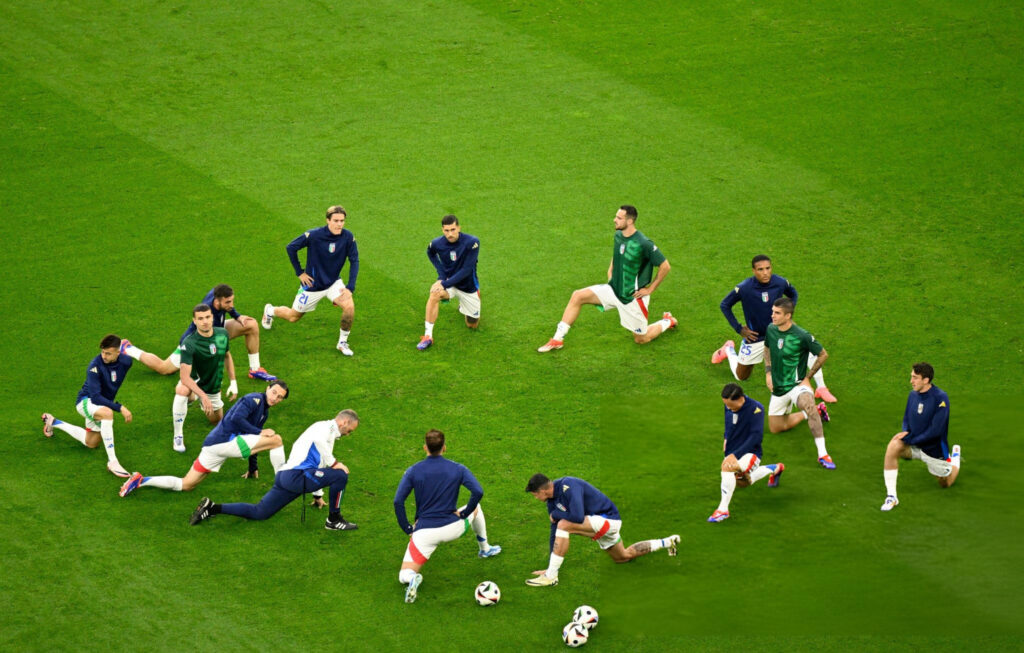The Role of Social Media in Football: How Players are Becoming Global Brands
In the last decade, the relationship between football and media has undergone a seismic shift. Where once the sport’s narrative was controlled by traditional broadcasters, today’s landscape is vastly different. Social media platforms like Instagram, Twitter, and TikTok have not only democratized content creation but also given football players a powerful tool to shape their public personas. This digital revolution has transformed footballers from mere athletes into global brands, commanding influence far beyond the pitch. In this comprehensive analysis, we’ll explore the pivotal role of social media in football, delve into how players are capitalizing on these platforms, and examine the implications for the sport’s future.
The Historical Context: Football Before Social Media
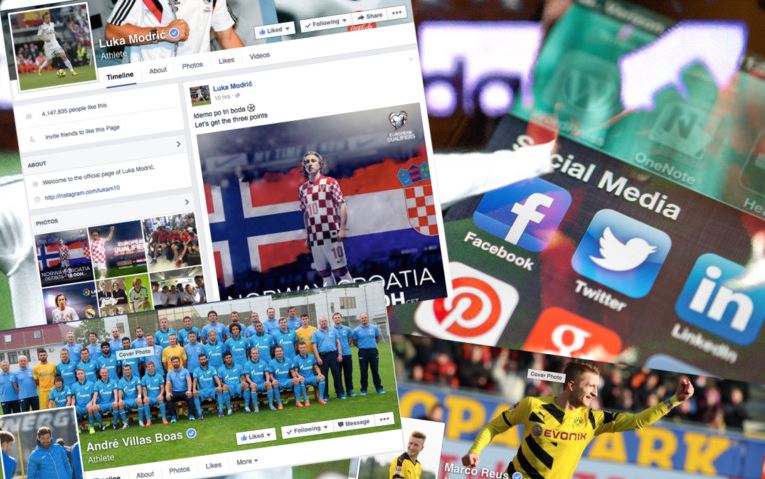
Before diving into the modern era, it’s important to understand how football branding has evolved over time. Traditionally, football clubs were the primary focus of fan loyalty and media attention. Players, while celebrated, were often seen as components of a larger machine—the club. Branding efforts were predominantly focused on the team as a whole, with marketing campaigns emphasizing club history, achievements, and rivalries. Media access to players was heavily controlled, with post-match interviews, press conferences, and occasional feature stories being the primary windows into a player’s life.
However, the rise of social media has fundamentally altered this dynamic. The once tightly controlled narrative is now more decentralized, with players themselves becoming focal points of branding efforts. The ability for athletes to directly engage with fans has redefined the concept of a “football star,” turning players into individual brands with their own unique identities, separate from their clubs.
The Power of Personal Branding in the Digital Age
With the advent of social media, footballers are no longer just athletes; they are influencers, marketers, and entrepreneurs. This shift has given rise to the concept of personal branding, where players cultivate a distinct identity that resonates with a global audience. Platforms like Instagram and TikTok allow players to showcase their personalities, share their journeys, and connect with fans on a more personal level. This direct engagement has significant implications for both the players and the sport as a whole.
Case Study: Cristiano Ronaldo and the Art of Self-Promotion
Cristiano Ronaldo is perhaps the most exemplary case of a footballer who has mastered the art of personal branding. With over 600 million followers on Instagram, Ronaldo isn’t just a football player; he’s a global icon. His social media presence is meticulously curated, blending content that highlights his professional achievements, personal life, and endorsements. Ronaldo’s posts regularly garner millions of likes, and each piece of content is a carefully crafted piece of his brand narrative.
But Ronaldo’s influence extends far beyond Instagram likes. His social media presence has translated into significant financial gains. According to a report by Hopper HQ, Ronaldo earns more from his Instagram posts than from his salary as a footballer. This is a testament to the power of social media in enhancing a player’s marketability. Brands are willing to pay a premium for the visibility and engagement that comes with being associated with a player of Ronaldo’s stature.
The Mechanics of Building a Global Brand
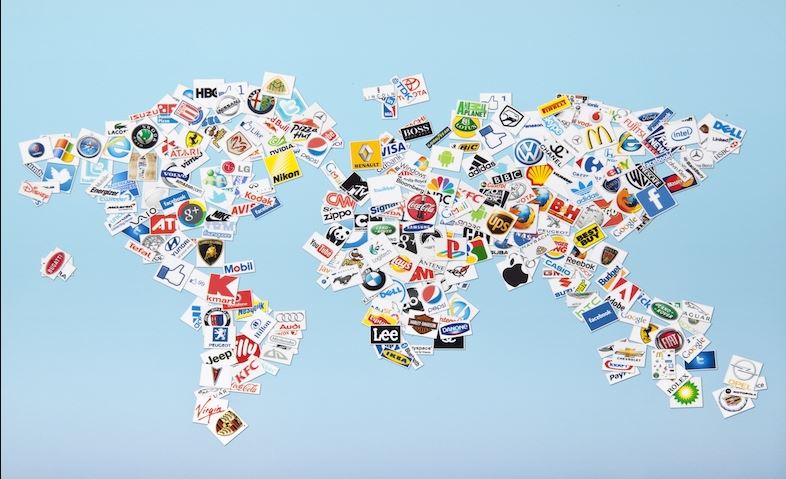
While Ronaldo’s success might seem extraordinary, he is by no means an outlier. Many footballers are leveraging social media to build their own brands, albeit in different ways. The process of building a global brand involves several key elements, each of which plays a critical role in shaping a player’s digital identity.
Content Creation and Curation
At the heart of any successful social media strategy is content. Footballers use a variety of content types to engage with their audience, from behind-the-scenes videos and training clips to personal milestones and lifestyle content. This content serves multiple purposes: it humanizes the player, offering fans a glimpse into their lives off the pitch; it reinforces the player’s brand values, such as hard work, family, or style; and it provides opportunities for brand partnerships and endorsements.
For example, Paul Pogba, known for his flamboyant personality and style, uses his social media channels to showcase not only his footballing skills but also his fashion sense. His collaboration with brands like Adidas and Pepsi is seamlessly integrated into his social media presence, making his brand partnerships feel natural rather than forced. This approach has helped Pogba cultivate a brand that is as much about lifestyle and culture as it is about football.
Engagement and Interaction
One of the key advantages of social media is the ability to interact directly with fans. This engagement is crucial for building a loyal fanbase and fostering a sense of community. Players who actively engage with their followers—whether by responding to comments, participating in Q&A sessions, or sharing fan content—tend to have more dedicated and passionate followings.
Take Marcus Rashford, for example. His use of social media goes beyond self-promotion; it’s a tool for activism and social change. Rashford’s campaign to end child food poverty in the UK, which gained massive traction on social media, showcased the power of digital platforms to effect real-world change. His direct appeals to the government, amplified by his millions of followers, resulted in policy changes that provided meals for millions of children. Rashford’s social media presence is a perfect example of how footballers can use their platforms for good, thereby strengthening their brand and resonating with a broader audience.
Partnerships and Endorsements
Social media has also transformed the way players engage with brands. Traditionally, endorsements were confined to TV commercials and print ads. Today, however, social media offers a more dynamic and interactive platform for brand partnerships. Players can create content that integrates brands into their daily lives, making endorsements feel more authentic and relatable.
For instance, Lionel Messi’s partnership with Adidas is heavily promoted on his social media channels, where he shares posts wearing their gear during training sessions and matches. This not only boosts the visibility of the brand but also reinforces Messi’s association with excellence and quality. The integration of brand partnerships into a player’s social media presence is a key strategy in building a global brand that resonates with fans.
The Role of Social Media in Globalizing Football Brands
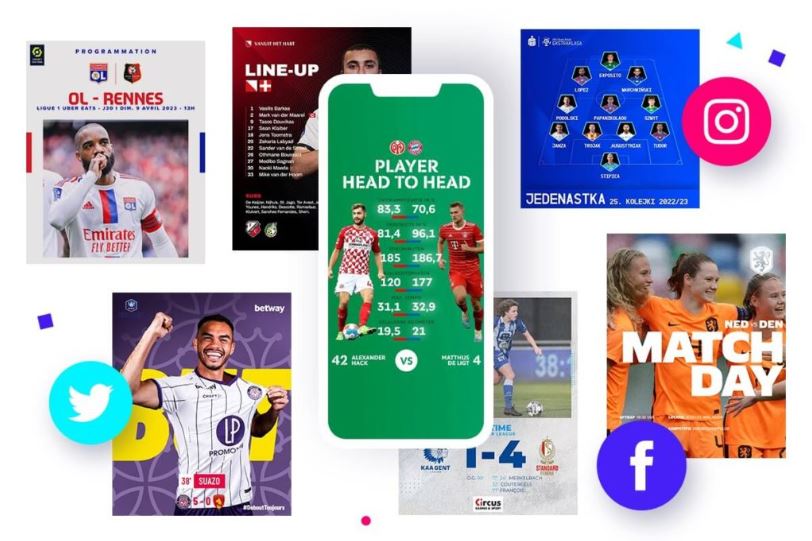
Social media’s global reach has made it easier than ever for football players to connect with fans across the world. This has significant implications for how footballers build their brands, as they can now engage with audiences in markets that were previously inaccessible.
Breaking Down Geographical Barriers
Before social media, a player’s fame was largely confined to the country or region where they played. However, platforms like Instagram and Twitter have broken down these geographical barriers, allowing players to cultivate a global fanbase. For example, Neymar has millions of followers from Brazil, Europe, and Asia, thanks to his active social media presence. This global reach not only enhances a player’s marketability but also opens up new opportunities for endorsements and partnerships in diverse markets.
Cultural Influence and Brand Expansion
Social media has also allowed players to become cultural icons, influencing trends in fashion, music, and lifestyle. Footballers like Hector Bellerin and Memphis Depay are not just known for their skills on the pitch; they’re also celebrated for their fashion sense and musical talents. This cultural influence further strengthens their personal brands, making them appealing to a wider audience beyond just football fans.
Moreover, social media enables players to expand their brands into new areas. For instance, Antoine Griezmann has used his social media presence to promote his interest in eSports, launching his own gaming brand and participating in online tournaments. This diversification of brand identity not only enhances a player’s appeal but also provides additional revenue streams.
The Impact of Social Media on Football Clubs and Leagues
While individual players have benefited immensely from social media, football clubs and leagues have also adapted to this new landscape. Clubs now actively encourage players to maintain a strong social media presence, as it boosts the club’s visibility and enhances fan engagement. However, this shift has also presented new challenges and opportunities for clubs.
Fan Engagement and Global Reach
Football clubs have embraced social media as a tool for engaging with fans, both locally and internationally. Social media platforms allow clubs to share content directly with their followers, from match highlights and behind-the-scenes footage to player interviews and fan interactions. This direct engagement has helped clubs build stronger relationships with their fanbase, fostering a sense of community and loyalty.
For example, the English Premier League has one of the largest social media followings of any sports league in the world, with millions of fans from every continent. The league’s use of social media to share live updates, highlights, and exclusive content has played a significant role in expanding its global reach. By engaging with fans on social media, the Premier League has been able to tap into new markets and attract a more diverse audience.
Commercial Opportunities and Revenue Generation
Social media has also opened up new commercial opportunities for football clubs and leagues. Clubs can now monetize their social media presence through sponsored posts, branded content, and digital partnerships. For instance, clubs like Barcelona and Real Madrid generate significant revenue through partnerships with brands that are promoted on their social media channels. These partnerships not only provide financial benefits but also enhance the club’s global brand.
In addition to direct monetization, social media has also become a valuable tool for promoting merchandise sales. Clubs use platforms like Instagram and Twitter to showcase new kits, training gear, and other merchandise, driving traffic to their online stores. This integration of e-commerce with social media has made it easier for fans to purchase products, thereby increasing revenue for the clubs.
Challenges and Risks
Despite the many benefits, the rise of social media has also presented challenges for football clubs. One of the key challenges is managing the balance between individual player brands and the club’s brand. In some cases, a player’s social media presence can overshadow the club, leading to potential conflicts. Additionally, clubs must navigate the risks associated with player behavior on social media. A controversial post or tweet can quickly escalate into a PR crisis, damaging both the player’s and the club’s reputation.
To mitigate these risks, many clubs have implemented social media policies and guidelines for their players. These policies outline acceptable behavior on social media and provide guidance on how to manage interactions with fans and the media. However, enforcing these policies can be challenging, as players’ social media accounts are their personal platforms, and clubs have limited control over what players post.
The Future of Social Media and Football Branding
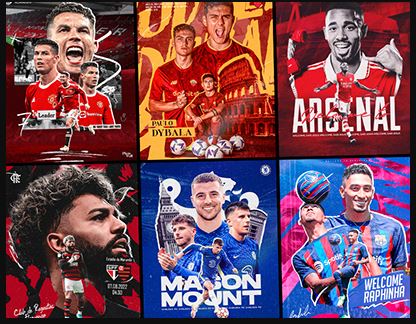
As social media continues to evolve, its role in football branding will only grow more significant. The future of football branding will likely be shaped by several emerging trends, each of which presents new opportunities and challenges for players, clubs, and leagues.
The Rise of New Platforms
While platforms like Instagram and Twitter currently dominate the social media landscape, new platforms are constantly emerging. For example, TikTok has quickly become one of the most popular social media platforms among younger audiences, offering new opportunities for players to engage with fans through short-form video content. As these new platforms gain traction, players will need to adapt their social media strategies to stay relevant and maintain their influence.
The Integration of Technology and Content
The future of social media in football branding will also be shaped by advancements in technology. Augmented reality (AR) and virtual reality (VR) are poised to revolutionize how fans interact with football content. Imagine being able to watch a match from a player’s perspective through AR glasses or experience a virtual meet-and-greet with your favorite player. These technologies have the potential to create even deeper connections between players and fans, further enhancing the power of personal branding.
The Continued Blurring of Lines Between Sports and Entertainment
The line between sports and entertainment is becoming increasingly blurred, with football players often crossing over into other areas of popular culture. Social media is at the forefront of this trend, enabling players to showcase their talents beyond football. Whether it’s music, fashion, or acting, players are using social media to explore new avenues and expand their brands into new territories. This trend is likely to continue, with footballers becoming increasingly multi-dimensional figures in the world of entertainment.
The Ethical Implications of Social Media Influence
As players’ social media influence grows, so too does their responsibility. The ability to reach millions of fans comes with significant ethical considerations. Players must navigate the fine line between promotion and exploitation, ensuring that their endorsements and partnerships align with their values and the expectations of their audience. Additionally, the pressure to maintain a perfect image on social media can have mental health implications, with players facing immense scrutiny and criticism. As the role of social media in football branding evolves, so too must the conversation around the ethical responsibilities of players and the impact of social media on their well-being.
The Enduring Power of Social Media in Football
Social media has undoubtedly transformed the world of football, turning players into global brands with the power to influence millions. Through strategic content creation, engagement, and partnerships, footballers have built personal brands that transcend the sport, reaching audiences across the globe. This shift has not only changed the way players interact with fans but has also opened up new commercial opportunities for both players and clubs.
However, the rise of social media in football branding is not without its challenges. Players must navigate the complexities of maintaining a public image, managing fan interactions, and balancing their personal and professional lives. Clubs, too, must find ways to harness the power of social media while mitigating the risks associated with player behavior and brand management.
As we look to the future, it’s clear that social media will continue to play a central role in shaping the landscape of football. The next generation of football stars will likely be those who can master the art of digital engagement, using social media not only to promote themselves but also to connect with fans, inspire change, and leave a lasting impact on the sport.

